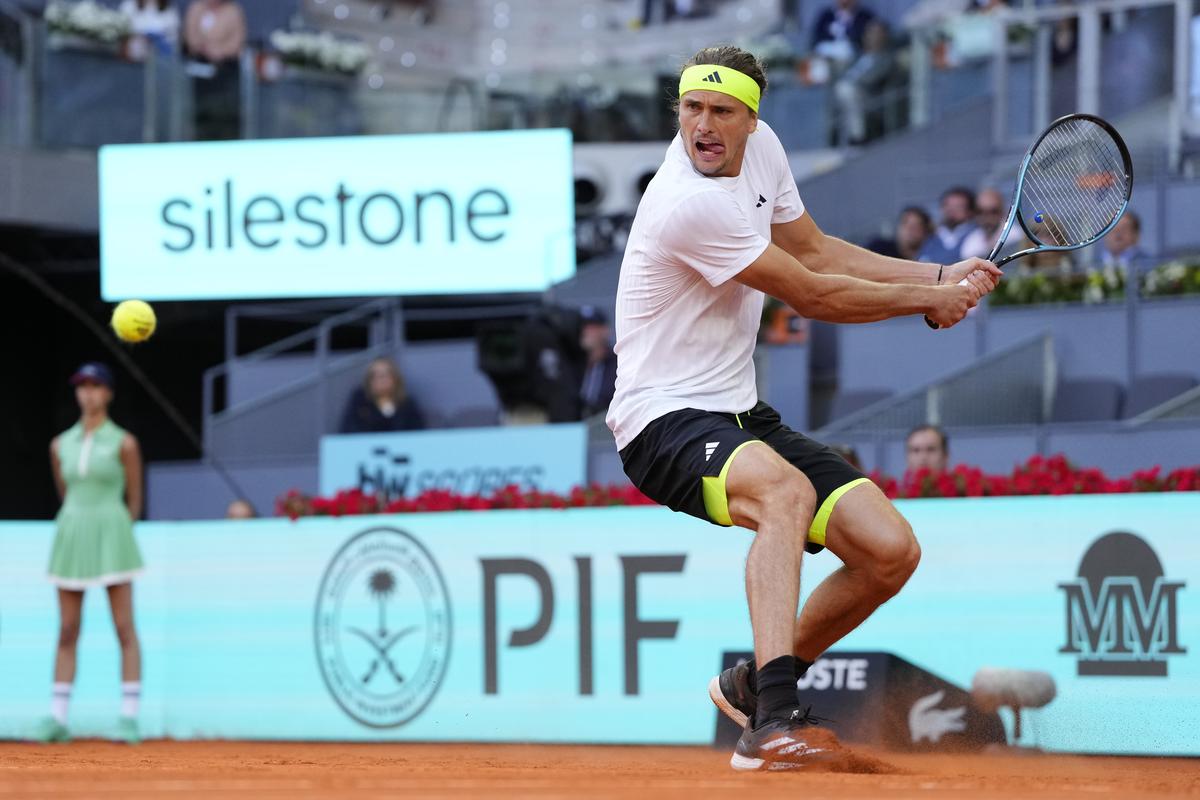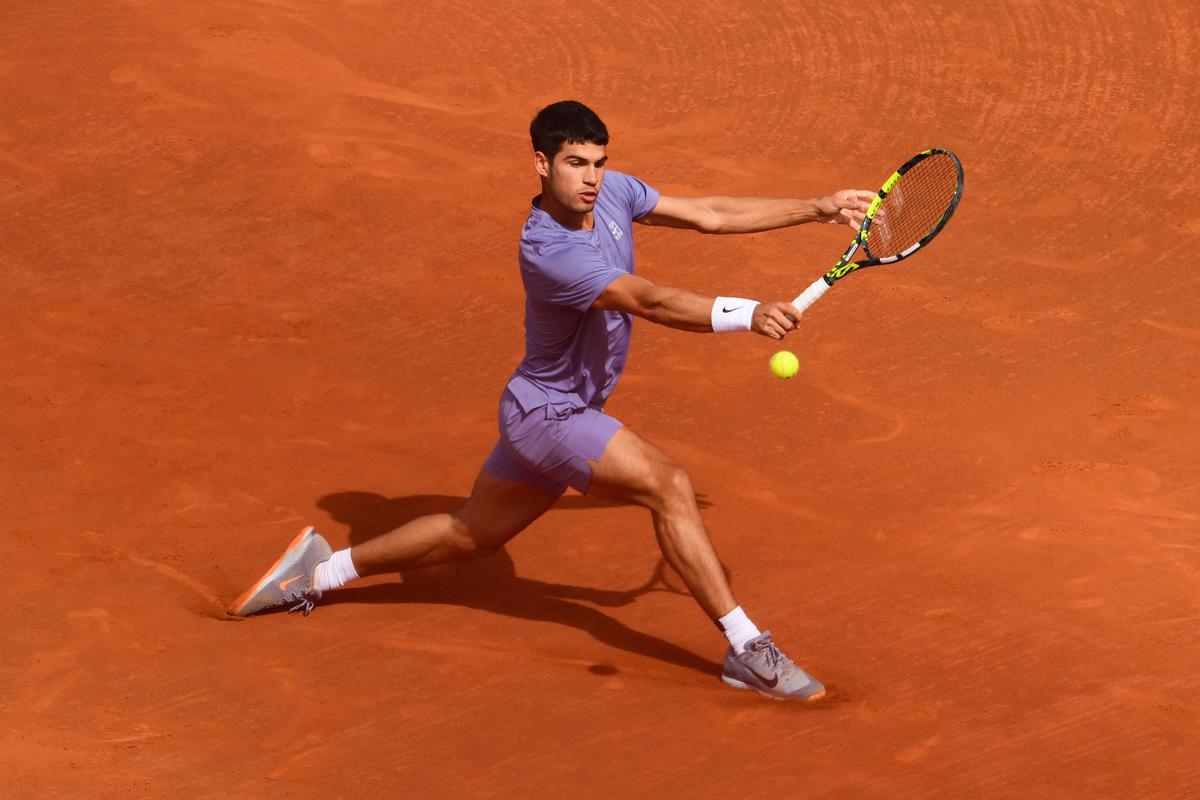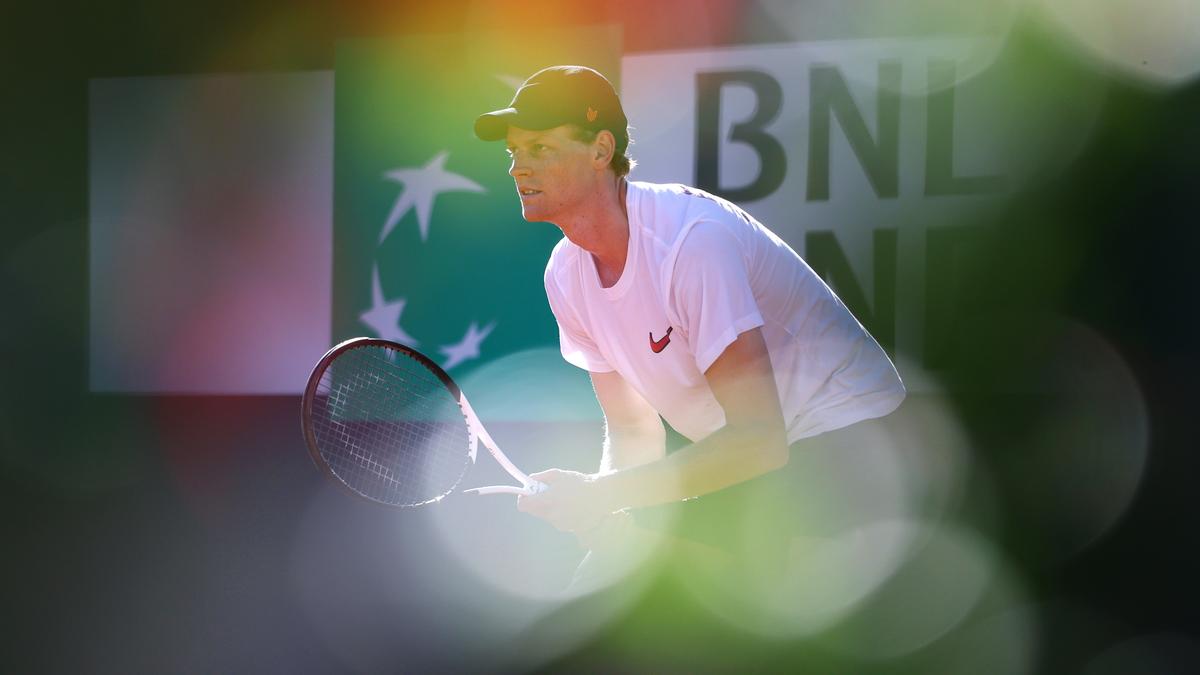In mid-February, when Jannik Sinner accepted a three-month ban from tennis after entering into a case-resolution agreement with the World Anti-Doping Agency (WADA) for two positive tests in March 2024 for the banned anabolic steroid clostebol, many in the tennis world thought that the Italian had gotten away lightly.
After the International Tennis Integrity Agency (ITIA) decided in August 2024 that Sinner bore “no fault or negligence” and let him off, WADA appealed to the Court of Arbitration for Sport (CAS) seeking a one-to-two year ban. WADA agreed that Sinner did not intentionally dope, but it believed that there had to be consequences for the presence of a banned substance in an athlete’s body.
From that position, to then settle for a three-month sentence, wherein the then World No. 1 would not even miss a single Grand Slam tournament, rankled many. Tennis was replete with players having their cases drag on for months before being handed multi-year bans. In such a scenario, Sinner was seen as being treated with kid gloves.
Back in the hunt
This weekend, Sinner is set to return to action at the Italian Open ATP Masters 1000 in Rome, the last big tune-up before the season’s second Slam French Open. If the 23-year-old was perceived to have had an easy ride with the authorities in the aftermath of his doping violations, his peers have ensured that he will have the softest of landings.
Sinner, whose only tournament this year was the Australian Open which he won, is still the World No. 1 despite a full three-month period where he was not even permitted to watch competitive tennis as an in-stadia spectator let alone pick up the racquet. And quite miraculously, he is set to be the top-seed at Roland-Garros, which begins on May 25.
When the expulsion kicked in, Sinner’s lead over No. 2 Alexander Zverev was 3695 points. In spite of missing four Masters 1000s and a couple of ATP 500s, Sinner is still ahead by 1645 points. Zverev, despite playing eight tournaments in the time Sinner was absent, didn’t win more than two matches at all but one event — Munich 500, where he lifted the trophy.

Alexander Zverev missed a golden opportunity to steal the World No. 1 ranking from Sinner. | Photo: Getty Images
The gap between Sinner and Zverev did reduce by 2050 points, but that was largely because of the 500 he chose not to defend in Rotterdam in early February and the 1000 he could not in Miami in March.
“It’s a very strange feeling again, to be around with so many people and attention, but it’s nice to be back,” Sinner said at the Foro Italico earlier this week in his first official press conference on return.
“The new generation is coming stronger and stronger. For me, what’s most important is the Race to Turin (ATP Finals), which gives you a bigger picture of how players play in that moment. I’m happy with the position I’m in, but I would be [equally happy] to be No. 3 or No. 4, to be honest.”
All bets are off
The fact that he is not No. 3 or No. 4 but numero uno is an adequate enough reflection of the current state of men’s tennis. The 2025 clay-court swing is the first after 14-time French Open winner Rafael Nadal retired, and with the Spaniard’s giant shadow no longer hovering menacingly over the red dirt, the field feels chaotic and open.
Novak Djokovic, 37, and the last of the Big Three (Nadal and Roger Federer being the others) still active, hasn’t won a Tour-level title since November 2023 and lost his opening matches at both the Monte Carlo and Madrid Masters recently.
World No. 3 Carlos Alcaraz, the defending champion at Roland-Garros and Wimbledon, won in Monte Carlo and reached the final in Barcelona before skipping Madrid with an adductor injury. Stefanos Tsitsipas, a capable clay-courter, has not gone past the last-eight stage at three straight tournaments in Monte Carlo, Barcelona and Madrid.
This has meant that there have been breakthrough performances for the likes of Jack Draper, who won Indian Wells, finished runner-up at Madrid and is now up to a career-high No. 5, and 19-year-old Czech Jakub Mensik, who beat 24-time Slam winner Djokovic in the Miami final.
Three-time Major and two-time French Open finalist Casper Ruud is back in the top-10 (No. 7) after claiming Madrid, his maiden Masters 1000 triumph, while Lorenzo Musetti, a tricky and talented Italian, has breached the top-10 for the first time in his career (No. 9).
“Anybody can clip anybody on a given day,” Frances Tiafoe, the American World No. 16, told reporters in Madrid. “I think these are exciting times. Tennis reminds me right now of 2000 to 2004 or 2005. Anybody can win Slams; anybody can win tournaments like this [Madrid]. Every Masters, we’ll probably have eight, nine [possible] winners.”
Back to the double act?
While this may be true at the Masters 1000, ATP 500 and ATP 250 levels – the last 15 Masters competitions have seen 11 different winners – the Grand Slams remain the preserve of the best. Ever since the vice-like grip of the Big Three loosened, Sinner and Alcaraz have ensured a wrinkle-free transition. The two, in fact, split the four Major titles equally in 2024, and Sinner even defended his crown in Melbourne earlier this year.

Carlos Alcaraz, the defending French Open champion, will look to recapture his old form and twin with Sinner at the top. | Photo: Getty Images
With Alcaraz inching back towards top form and Sinner back in the mix, it remains to be seen if men’s tennis retains its recently acquired volatility. Much depends on what shape Sinner is in. Physically, the lengthy rest period would have helped him, but a certain amount of rustiness cannot be ruled out after three months of no competitive play.
“The body still has to adjust,” Sinner said. “The blisters on the hands, they’ll come again when you’re not used to [playing] anymore. But it’s all good. I’m just very happy and very curious to see where I’m at.”
Slippery clay
Interestingly, just one of Sinner’s 19 Tour titles have come on clay (UMAG 2022), and he now has just the Rome Masters and one of Hamburg 500 or Geneva 250 to build his way up for the war of attrition clay-court tennis often is. But it was on the Parisian red dirt in 2020 that he made his first Slam quarterfinal, where he matched the legendary Nadal shot for shot for one set before losing 6-7(4), 4-6, 1-6.
What should give Sinner confidence is that, despite the lay-off, there is a certain aura that he has built up which makes him the favourite against practically everyone he competes against. Until his ban kicked in, he was the standout player on the men’s Tour, having won 14 of his previous 26 tournaments and finished semifinalist or better in five others.
That a large part of this streak was conjured even as his doping saga was running parallelly spoke volumes about Sinner’s resilience and toughness. He won the 2024 US Open just after ITIA made public his twin positive tests and he secured the Shanghai Masters, ATP Tour Finals, Davis Cup and the 2025 Australian Open after WADA announced that it will appeal his case at the CAS. He also handled deftly the ill will and frostiness that the whole episode gave rise to among fellow players and fans.
“Look, last year was very difficult,” Sinner said. “I had a lot of personal pressure, holding everything. I couldn’t talk with many people about what happened. I was in a tough situation at the beginning of the Australian Open.
“I struggled a lot, so it was nice to take a small break. Three months…but it is what it is. A small break was good. I could feel that I’m not playing for quite a long time. What’s missing for me is the complete feedback of where my level is. That’s going to come slowly with more playing time.”
Published – May 08, 2025 01:04 am IST

